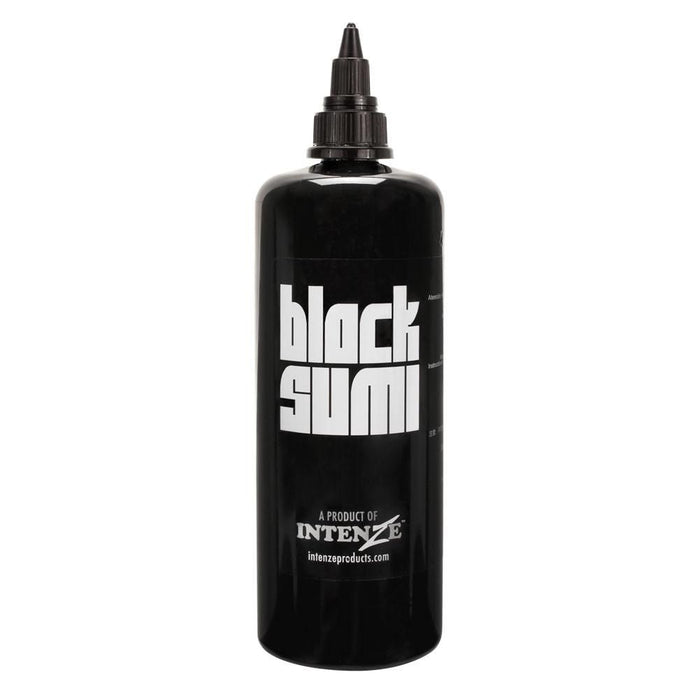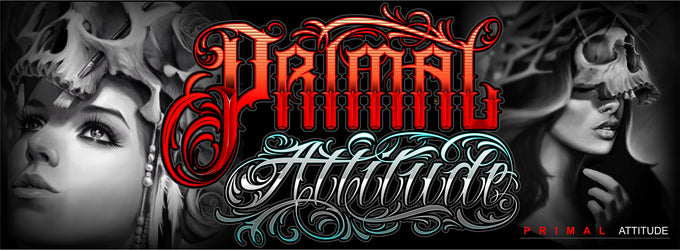
Black Sumi - Intenze Japaneze Tattoo Ink
Please Note: Although we would love to keep ALL colours in stock at all times, it is near impossible as we have so many amazing clients across Canada. That being said, if your colours are not in stock at this moment, not to worry. We receive a fresh batch of ink from Intenze on a 1-2 week basis. We will contact you if any of your colours are missing with an ETA of their arrival. We are growing as fast as we can to serve you better. Thank you in advance for your patience. - The Primal Attitude Team.
Japanese Tattoo Ink - Wash painting developed in China during the Tang Dynasty (618-907). Wang Wei is generally credited as the painter who applied color to existing ink and wash paintings.[1] The art was further developed into a more polished style during the Song Dynasty (960-1279). It was introduced to Korea shortly after China's discovery of the ink. Then, the Korean missionaries in Japan, in helping the Japanese establish a civilized settlement introduced it to Japan in the mid-14th century. In wash paintings, as in calligraphy, artists usually grind their own ink stick (Japanese: sumi) over an ink stone to obtain ink, but prepared inks are also available. Most ink sticks are made of either pine soot or oil soot combined with animal glue (Japanese: nikawa). An artist puts a few drops of water on an ink stone and grinds the ink stick in a circular motion until a smooth, black ink of the desired concentration is made. Prepared inks are usually of much lower quality. Sumi themselves are sometimes ornately decorated with landscapes or flowers in bas-relief and some are highlighted with gold.
Wash painting brushes are similar to the brushes used for calligraphy and are traditionally made from bamboo with goat, ox, horse, sheep, rabbit, marten, badger, deer, boar or wolf hair. The brush hairs are tapered to a fine point, a feature vital to the style of wash paintings.
Different brushes have different qualities. A small wolf-hair brush that is tapered to a fine point can deliver an even thin line of ink (much like a pen). A large wool brush (one variation called the big cloud) can hold a large volume of water and ink. When the big cloud brush rains down upon the paper, it delivers a graded swath of ink encompassing myriad shades of gray to black.
We used this historical aspects to create the best tattoo pigments to achieve those effects on skin.

